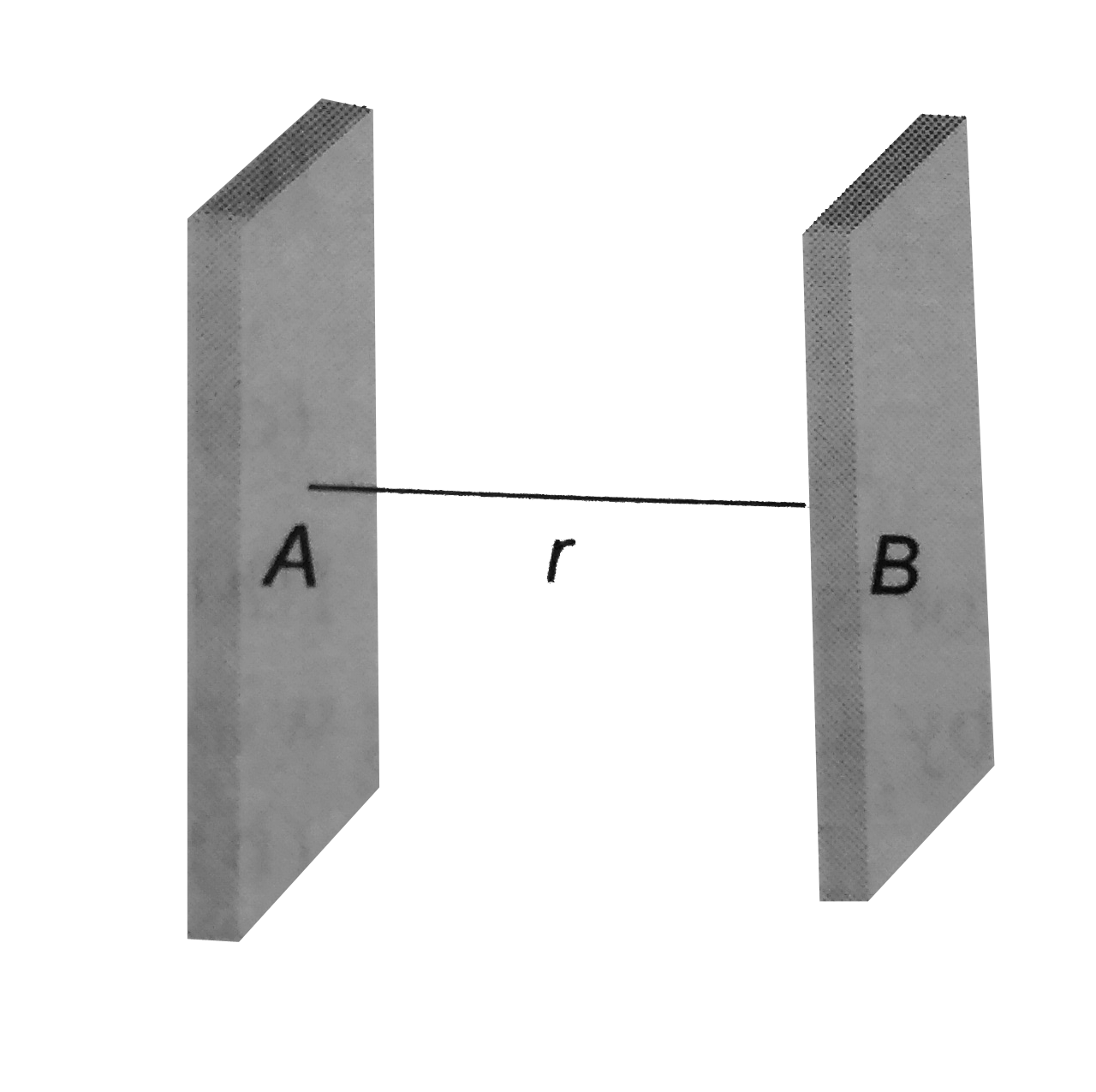Chromosomes of a bivalent remain far apart from each other to the extent possible in
Diplotene
Diakinesis
Pachytene
Leptotene
The correct Answer is:B
To solve the question "Chromosomes of a bivalent remain far apart from each other to the extent possible in," we need to analyze the stages of meiosis where bivalents (homologous chromosomes) are present and their behavior during these stages.
1. Understanding Bivalents: Bivalents are formed during meiosis when homologous chromosomes pair up. Each bivalent consists of two homologous chromosomes.
2. Identifying Stages of Meiosis: The relevant stages of meiosis where bivalents are present include:
- Leptotene
- Zygotene
- Pachytene
- Diplotene
- Diakinesis
3. Analyzing Each Stage:
- Leptotene: This is the first stage of prophase I where chromosomes start to condense but are not yet paired. They are not far apart as they are just beginning to condense.
- Zygotene: Here, homologous chromosomes begin to pair up, forming bivalents. They are closer together during this stage.
- Pachytene: The bivalents are fully formed, and crossing over occurs. The chromosomes are still paired closely.
- Diplotene: In this stage, the synaptonemal complex disassembles, and the bivalents begin to separate slightly, but they are still connected at chiasmata (points of crossing over).
- Diakinesis: This is the final stage of prophase I where chromosomes are fully condensed and the bivalents are separated as much as possible, preparing for metaphase.
4. Conclusion: The stage where chromosomes of a bivalent remain far apart from each other to the extent possible is Diakinesis.
Final Answer:
The correct answer is Diakinesis.
---
- Leptotene
- Zygotene
- Pachytene
- Diplotene
- Diakinesis
- Leptotene: This is the first stage of prophase I where chromosomes start to condense but are not yet paired. They are not far apart as they are just beginning to condense.
- Zygotene: Here, homologous chromosomes begin to pair up, forming bivalents. They are closer together during this stage.
- Pachytene: The bivalents are fully formed, and crossing over occurs. The chromosomes are still paired closely.
- Diplotene: In this stage, the synaptonemal complex disassembles, and the bivalents begin to separate slightly, but they are still connected at chiasmata (points of crossing over).
- Diakinesis: This is the final stage of prophase I where chromosomes are fully condensed and the bivalents are separated as much as possible, preparing for metaphase.
The correct answer is Diakinesis.
Similar Questions
Knowledge Check
In which stage the Chromosomes combine and begin to separate from each other during meiosis cell division :-
APachyteneBDiploteneCZygoteneDDiakinesisTwo bodies of masses m and 2m are kept at distance r apart from each other. Then the value of G varies as
Ar2Br4Cr−2DrthTwo coherent light sources S1 and S_2 (lambda=6000Å) are 1mm apart from each other. The screen is placed at a distance of 25cm from the sources. The width of the fringes on the screen should be
A(a) 0.015cmB(b) 0.025cmC(c) 0.010cmD(d) 0.030cm
Two current elements are placed a certain distance apart but not parallel to each other. Do they exert equal and opposite forces on each other?
View SolutionAt which stage of mitosis, the two daughter chromatids separate from each other, migrate towards the opposite poles and are now referred to as chromosomes of the future daughters nuclei?
View SolutionThere are two equipotential surafce as shown in figure. The distance between them is r. The charged of −q coulomb is taken from the surface A to B, the resultant work done will be

View SolutionTwo point chrges of 30μCand40μC are 20 cm apart from each other .Where will be the electric field zero on the line joining the from 30μC charge ?
View SolutionA : Each chromosome of bivalent attaches with two spindles in metaphase.
View Solution
